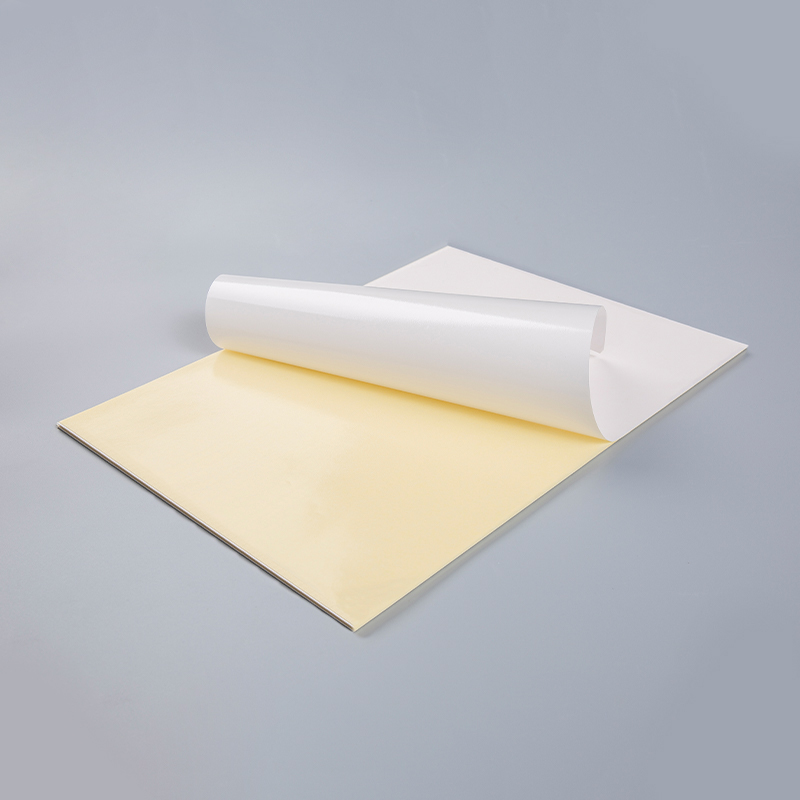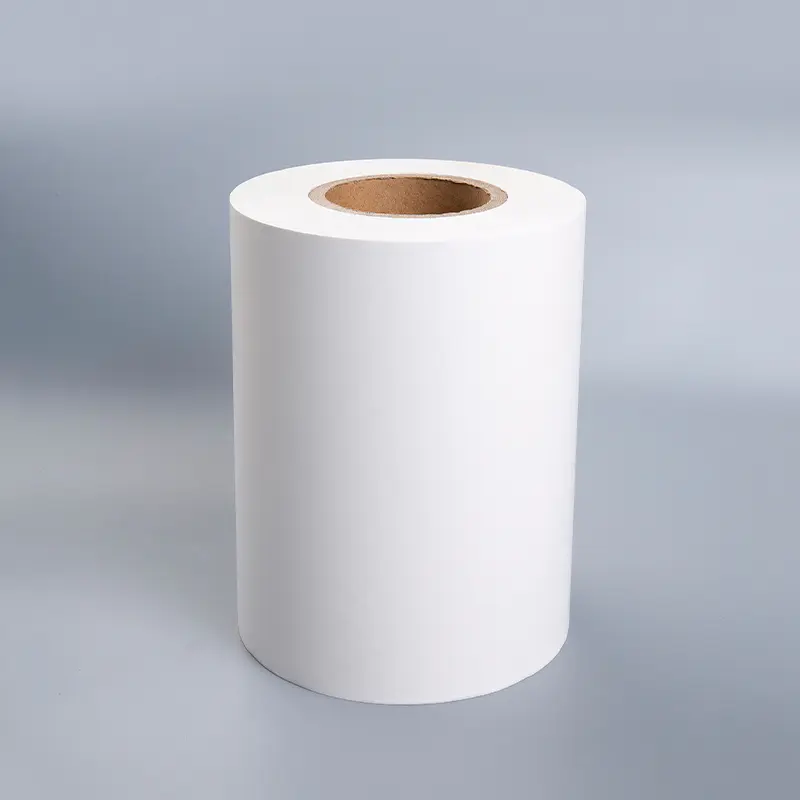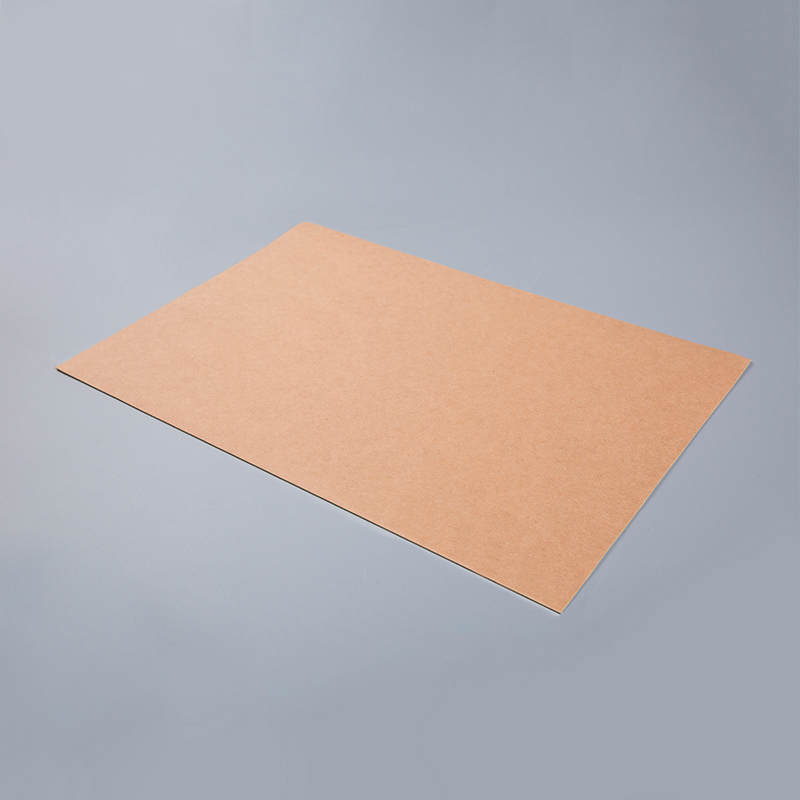When choosing paper for printing—whether for magazines, brochures, catalogs, or photo books—readability is one of the most important factors. While high-gloss finishes provide a striking, mirror-like shine and vibrant colors, they often sacrifice comfort for the reader. Semi glossy paper, by contrast, offers a balanced finish that enhances visual appeal without overwhelming the eyes. Below are the key readability advantages that semi glossy paper provides:
Content
- 0.1 1. Reduced Glare and Reflection
- 0.2 2. Improved Eye Comfort
- 0.3 3. Better Balance Between Text and Images
- 0.4 4. Fewer Fingerprints and Smudges Affecting Legibility
- 0.5 5. Enhanced Readability in Varied Lighting Environments
- 0.6 6. Professional Look Without Overwhelming Shine
- 0.7 7. Long-Term Reading Comfort
- 1 Conclusion
1. Reduced Glare and Reflection
One of the most common issues with high-gloss paper is excessive glare. Under bright indoor lighting or natural sunlight, glossy finishes reflect light intensely, making it difficult to see printed text or images clearly. Readers may have to tilt the page repeatedly to find the right angle. Semi glossy paper softens the reflective surface, producing only a mild sheen. This reduced glare improves legibility, allowing for longer reading sessions without visual strain.
2. Improved Eye Comfort
High-gloss surfaces can cause eye fatigue during extended use, especially when reading dense text. The mirror-like reflections compete with the printed content for the reader’s attention. Semi glossy finishes strike a middle ground by retaining some shine for vivid images while muting reflections enough to keep the text sharp and easy to follow. This makes semi glossy paper particularly effective for magazines, manuals, and educational materials that combine text and visuals.
3. Better Balance Between Text and Images
High-gloss paper emphasizes images, often making them pop with boldness and depth. While this is excellent for photography or advertising, it can sometimes overshadow text, causing letters to appear slightly washed out against the shiny background. Semi glossy paper maintains strong color reproduction for images while also giving printed text a smoother, more natural contrast, ensuring that both elements remain readable and visually appealing on the same page.

4. Fewer Fingerprints and Smudges Affecting Legibility
Glossy finishes are prone to showing fingerprints, smudges, or even scratches, especially when handled frequently. These marks can interfere with readability and diminish the overall professional look of the print. Semi glossy paper, with its softer sheen, is more resistant to these issues, keeping text and graphics crisp and clear even after repeated handling.
5. Enhanced Readability in Varied Lighting Environments
Materials printed on high-gloss paper often perform poorly in diverse environments, such as outdoor events, bright offices, or rooms with overhead fluorescent lighting. Semi glossy paper adapts better because it diffuses light more evenly, maintaining readability in both dim and bright settings. This flexibility makes it suitable for marketing brochures, menus, or instructional booklets that may be used in different locations.
6. Professional Look Without Overwhelming Shine
While gloss is associated with high-end printing, too much shine can sometimes distract from content, especially in business or academic materials where clarity matters more than visual flash. Semi glossy paper provides a polished, professional appearance that feels premium but still prioritizes readability. This makes it a practical compromise for materials where the message needs to be absorbed quickly and easily.
7. Long-Term Reading Comfort
For publications meant to be read cover to cover—such as catalogs, magazines, or books—semi glossy finishes reduce reader fatigue compared to high-gloss. The subdued reflection allows the eyes to focus on content for longer periods without discomfort, which encourages readers to stay engaged with the material.
Conclusion
Semi glossy paper stands out as the ideal choice when readability is a priority. It minimizes glare, reduces eye strain, balances images with text, and resists fingerprints—all while still delivering a professional, slightly shiny look. Compared with high-gloss finishes, semi glossy offers a middle ground: it maintains vibrancy and elegance but ensures that readers can comfortably interact with the content in different lighting conditions.
In short, if high-gloss emphasizes visual impact, semi glossy emphasizes user-friendly readability, making it the preferred option for mixed-content printing where both images and text matter equally.

 English
English Español
Español русский
русский Français
Français عربى
عربى











